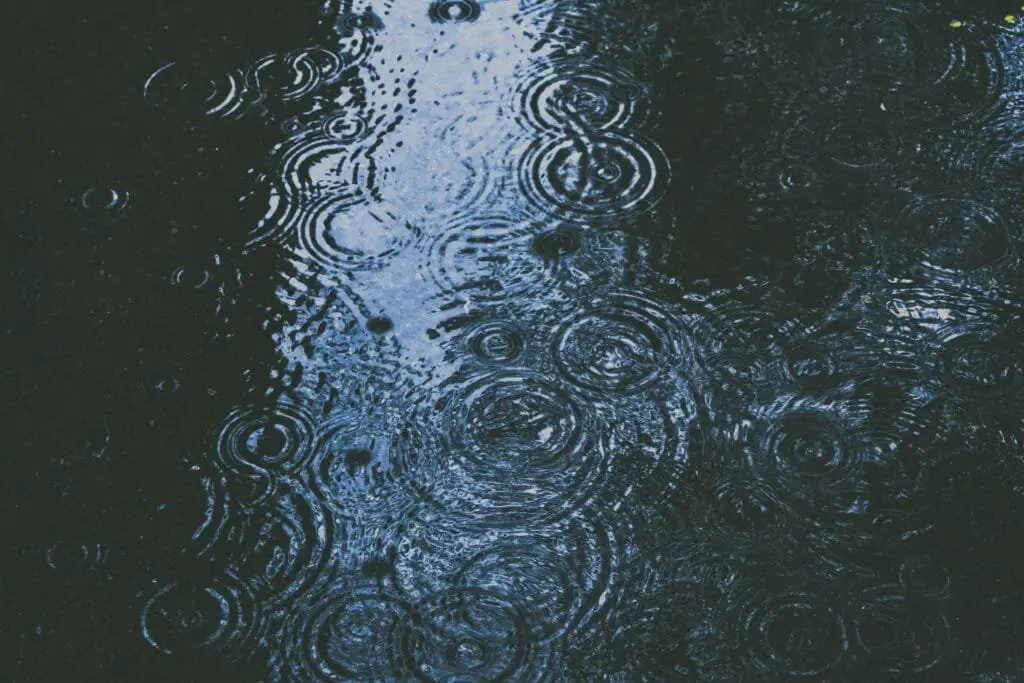1. Start with Good Soil

Every seasoned gardener will tell you—it all starts with the soil. Healthy, well-composted soil is the foundation for happy plants. Whether you’re growing veggies or flowers, rich soil full of organic matter gives your plants the nutrients they need to thrive.
2. Water in the Morning

Watering early in the day is a tried-and-true tip. Morning watering gives plants a chance to absorb moisture before the heat of the day evaporates it. Plus, watering in the evening can sometimes lead to mold and mildew, so stick to mornings for the best results.
3. Rotate Your Crops

If you’re growing vegetables, crop rotation is key. Planting the same crops in the same spot year after year drains the soil of specific nutrients and attracts pests. Switching things up keeps your garden soil healthy and your harvest bountiful.
4. Mulch to Lock in Moisture

Mulch isn’t just for making your garden look pretty. It helps retain moisture, suppress weeds, and even regulate soil temperature. Whether you use wood chips, straw, or even grass clippings, a layer of mulch is a game-changer for your plants.
5. Prune Regularly

This one’s a classic for a reason—pruning helps promote growth and prevents plants from getting too leggy or overgrown. Regularly trim away dead or damaged leaves and branches to encourage healthier growth and a tidier garden.
6. Companion Planting for Natural Pest Control

Old-school gardeners swear by companion planting, and for good reason! Planting certain crops together can naturally repel pests and boost growth. For example, planting marigolds near tomatoes helps keep pesky bugs away without harsh chemicals.
7. Feed Your Plants

Just like us, plants need food! A little fertilizer goes a long way in giving your plants the nutrients they need. Whether it’s organic compost or a balanced store-bought fertilizer, feeding your plants regularly keeps them strong and vibrant.
8. Give Plants Space to Grow

It’s tempting to squeeze as many plants as possible into your garden, but overcrowding can lead to poor growth and disease. Give your plants room to breathe by following spacing guidelines for each variety. They’ll reward you with better growth and fewer issues down the line.
9. Keep an Eye on the Weather

Old-school gardeners always kept an eye on the sky, and it’s still one of the best tips around. Pay attention to frost dates, rain forecasts, and heatwaves, and adjust your gardening schedule accordingly. A little weather awareness goes a long way in protecting your plants.
10. Be Patient

Gardening is all about patience. Plants need time to grow, and some seasons may not be as fruitful as others. Don’t get discouraged—keep nurturing your garden, and over time, your hard work will pay off. Good things take time, and a beautiful garden is no exception.
11. Harvest at the Right Time

Knowing when to harvest your fruits, vegetables, or flowers is crucial for getting the most out of your garden. Overripe produce can lose flavor or nutritional value, while flowers harvested too late won’t last as long in a vase. Check each plant’s specific ripening signs, like a deepened color or easy detachment from the stem, to enjoy the best of your garden’s bounty.
12. Encourage Pollinators to Visit

Invite bees, butterflies, and other pollinators into your garden by planting nectar-rich flowers like lavender, zinnias, and sunflowers. These helpful visitors ensure that your plants get the pollination they need for fruit and flower production. A pollinator-friendly garden isn’t just beautiful—it’s essential for a healthy, productive garden.
13. Use Rainwater When Possible

Save on water and give your plants a boost by using rainwater instead of tap water. Set up a rain barrel to collect and store water runoff. Rainwater is free of chlorine and other chemicals found in tap water, making it a healthier choice for your garden and helping you conserve a valuable resource.
These classic tips are timeless for a reason—they work! Which one will you try first to make your garden thrive?


